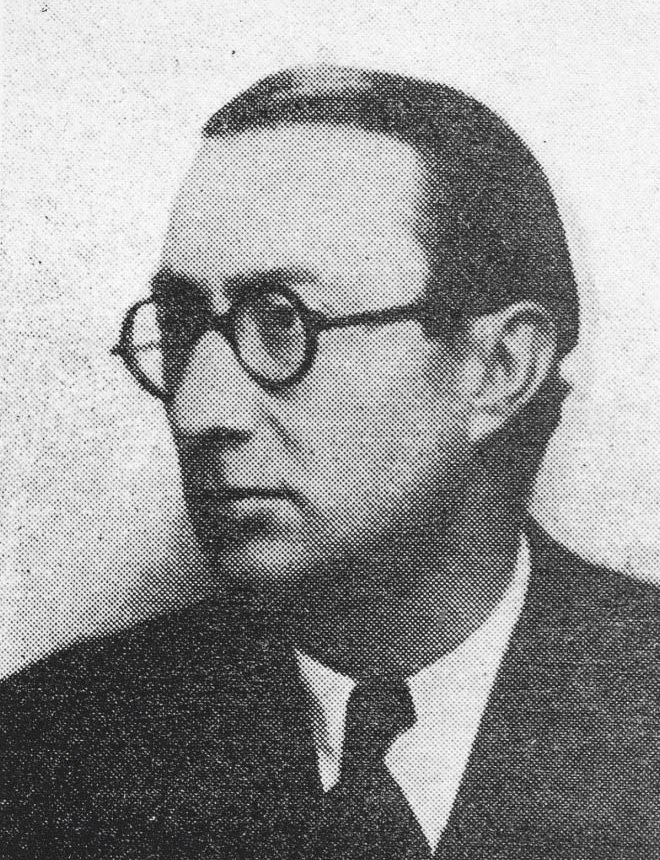Jules GORDON
Январь 2, 2019Leopold GOTTLIEB
Январь 2, 2019Жак ГОТКО (известный также как Янкелли Готковский)
ОДЕССА (УКРАИНА) 1899 – ДЕПОРТИРОВАН В БИРКЕНАУ В 1944 Г.
Семья Готко, родом из Белоруссии, обосновалась в Париже в 1905 году. Отец Жака, металлург на заводе Фиат, преждевременно скончался в 1913 году, оставив жену и детей в нужде. Молодой Готко поступил в Школу изящных искусств на курс Марселя Громера. Начал выставлять свои работы на парижских салонах. Внимая советам своего учителя, он перенял его геометрический аспект композиции, массивное представление форм, взрывы цвета. Чтобы прокормить семью, Готко работал декоратором в кинематографической компании. Он также был акварелистом, гравёром и рисовальщиком. В 1937 году Жак Готко покинул Париж и обосно- вался в небольшой деревушке в Приморской Шаранте, где полностью посвятил себя искусству.
В июне 1941 года был арестован и интернирован в Компьене в «советском» отделении лагеря. Несмотря на такой ужасный поворот в жизни, он продолжил работать. В сентябре 1942 года был переведён в Дранси, где писал портреты. 31 июля 1943 года депортирован эшелоном №57 в Биркенау. 2 января 1944 года умер от тифа. Его мать и сестра были арестованы в Бордо, интерниро- ваны в Дранси и депортированы в Освенцим 11 ноября 1942 года.
Stories of Jewish Artists of the School of Paris 1905-1939
FRENCH-ENGLISH
Capitale des arts, le Paris des années 1905-1939 attire les artistes du monde entier. De cette période de foisonnement, un terme est resté, celui d'Ecole de Paris, qui recouvre une grande diversité d'expression artistique. Dans ce brassage dont Montparnasse est le creuset, un groupe se distingue : celui des artistes juifs venus de Russie, de Pologne et d'Europe centrale. Si leurs styles sont variés, un destin commun les rassemble : ils fuient l'antisémitisme de leur pays d'origine. Certains ont connu la célébrité dès les années 1920, tels Soutine, Lipchitz ou Chagall. D'autres n'ont pas eu le temps ou la chance d'y accéder. Près de la moitié a péri dans les camps de concentration nazis.
From 1905 to 1939, Paris attracted artists from all over the globe as the capital of the art world. This period of artistic proliferation became known as the School of Paris, and includes a great diversity of artistic expression. Within the teeming art world centred on Montparnasse, one group set itself apart: Jewish artists from Russia, Poland, and Central Europe. Although their styles were diverse, they shared the common fate of fleeing anti-Semitic persecutions in their home countries. Some became famous in the 1920s, such as Soutine, Lipchitz, and Chagall, while others did not have the time or the luck to gain renown. Nearly half of these artists died in Nazi concentration camps.





